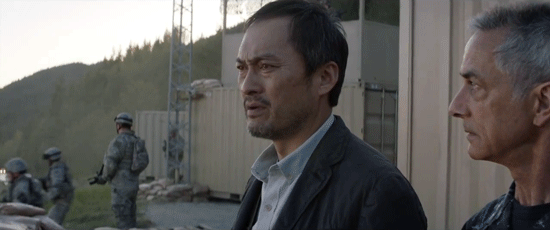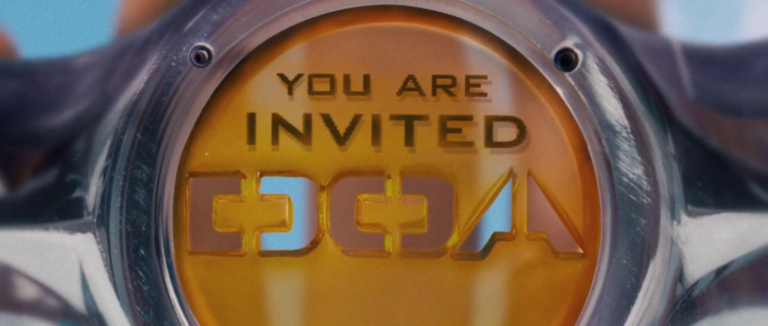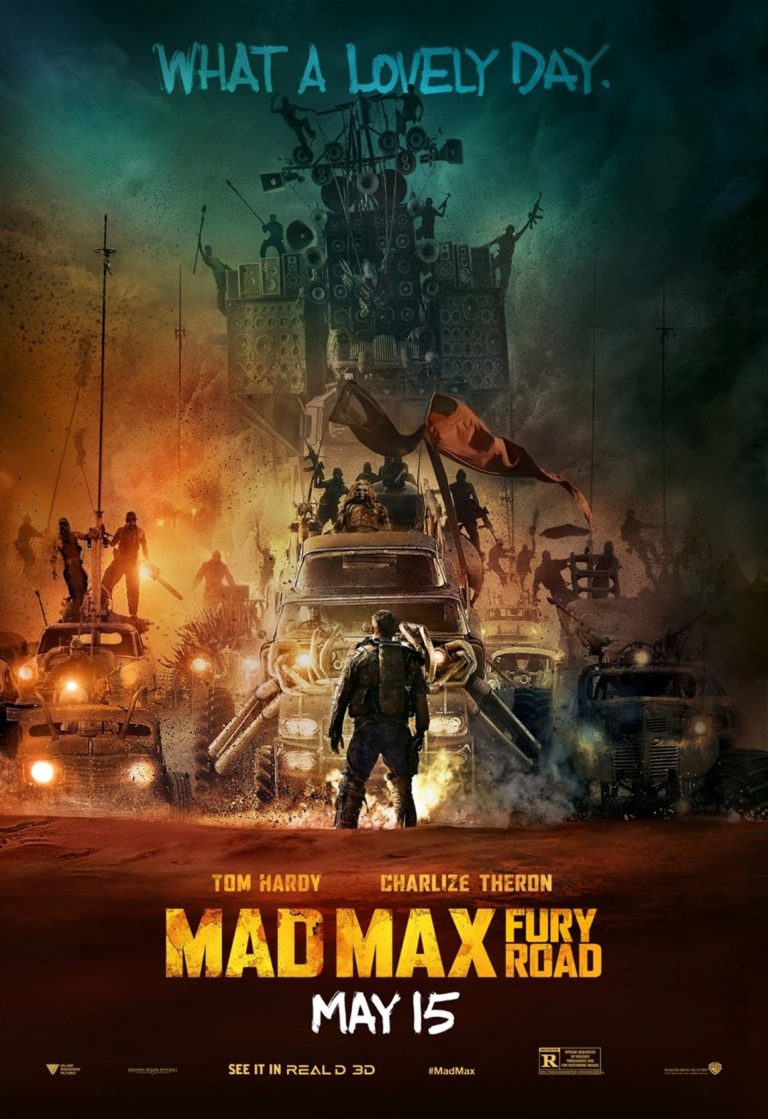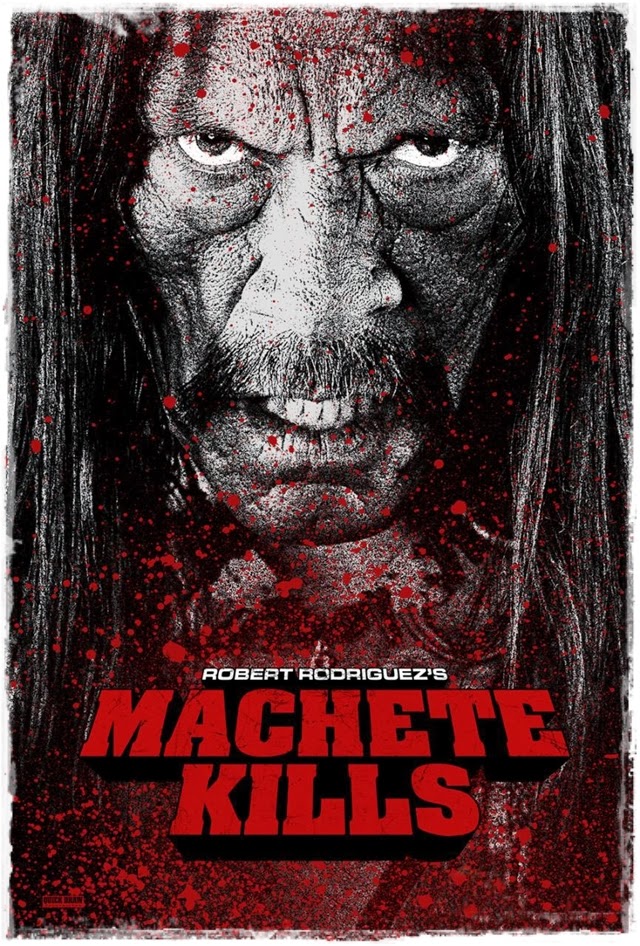Godzilla vs. Kong was easily the most excited I have been for a movie since… well, since...
Movies
This review has been a long time coming. Like, to put it into perspective, I tend to start...
It’s the end of the decade, so you know what that means – big retrospectives of the...
I’m back! For those who didn’t know, I spent the last week on vacation in Cincinnati and...



